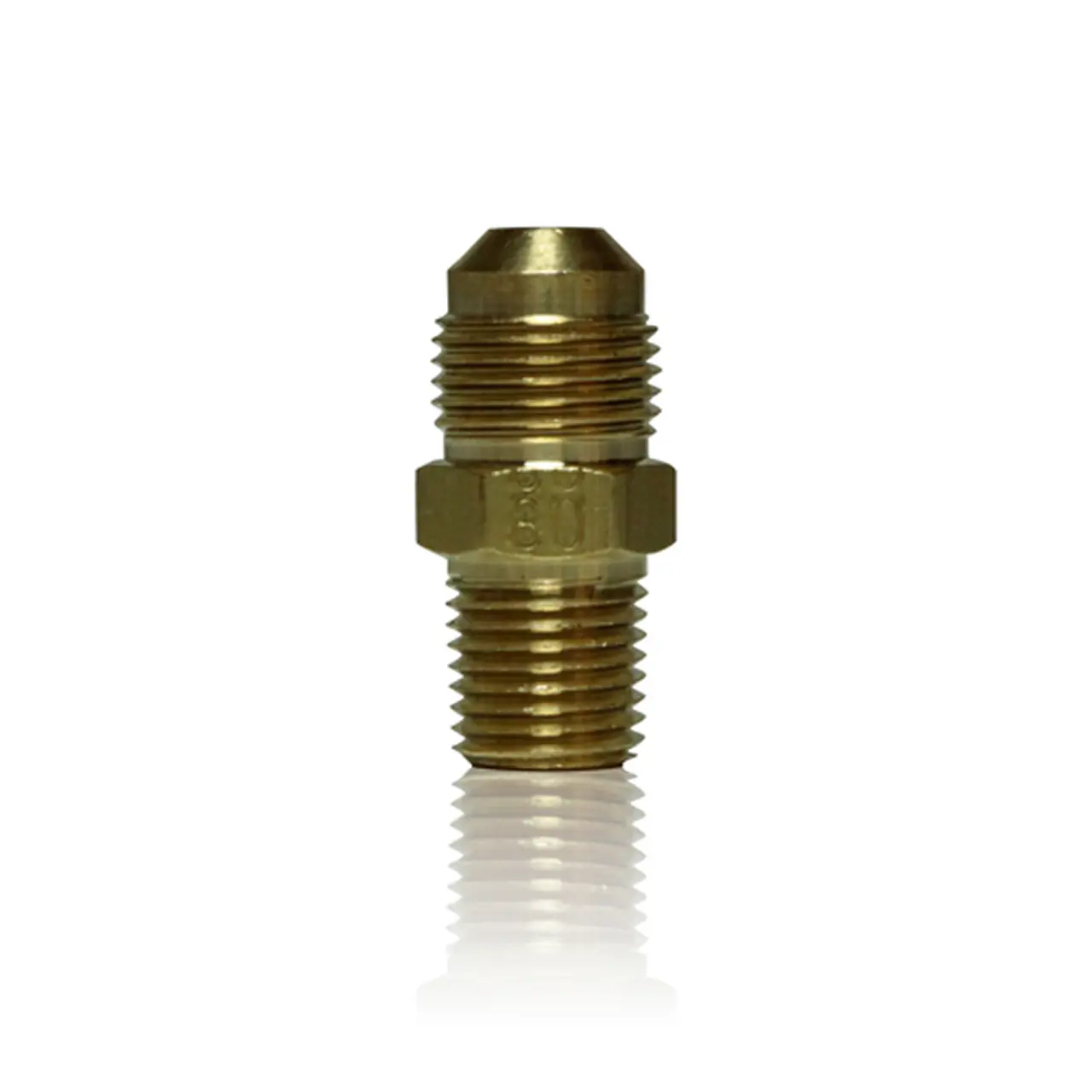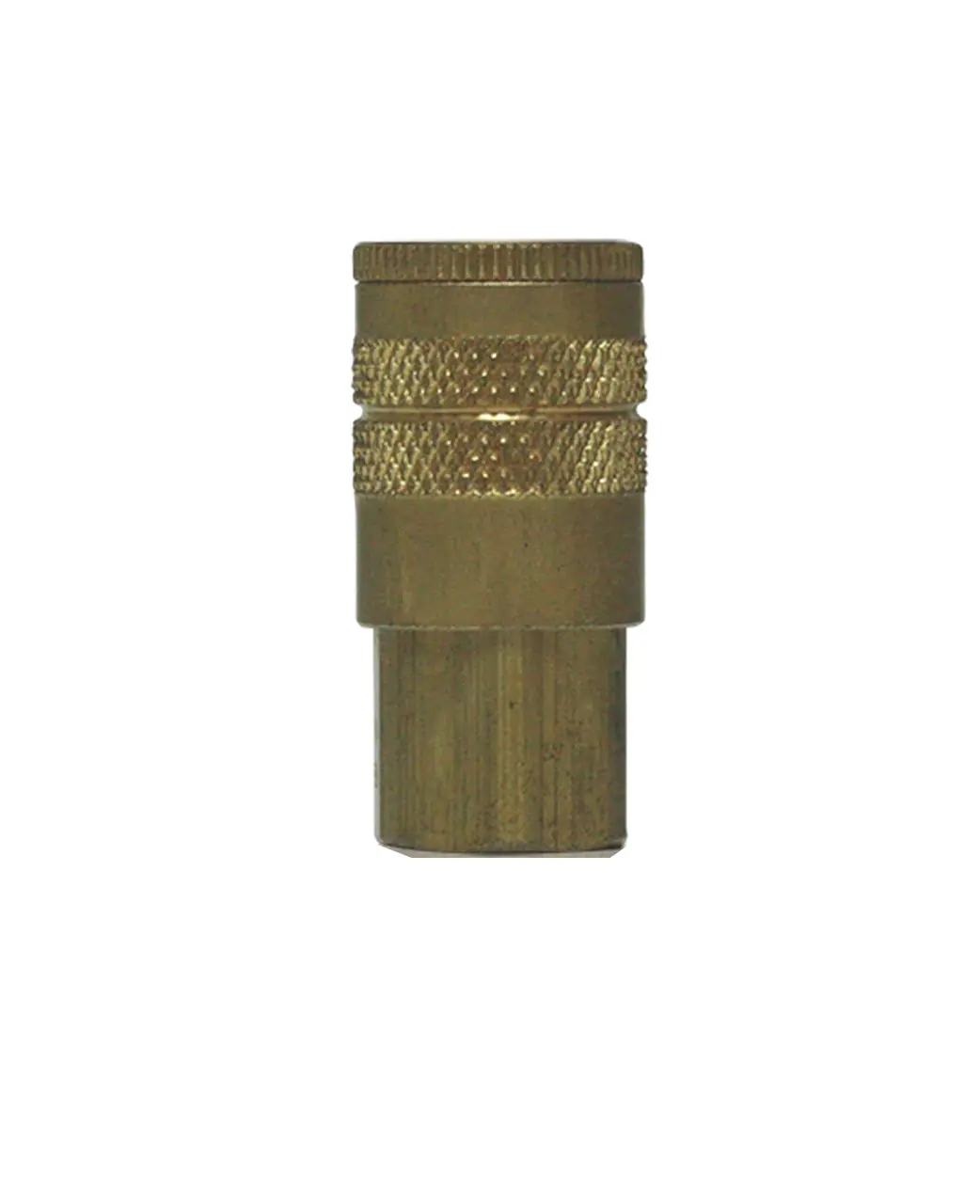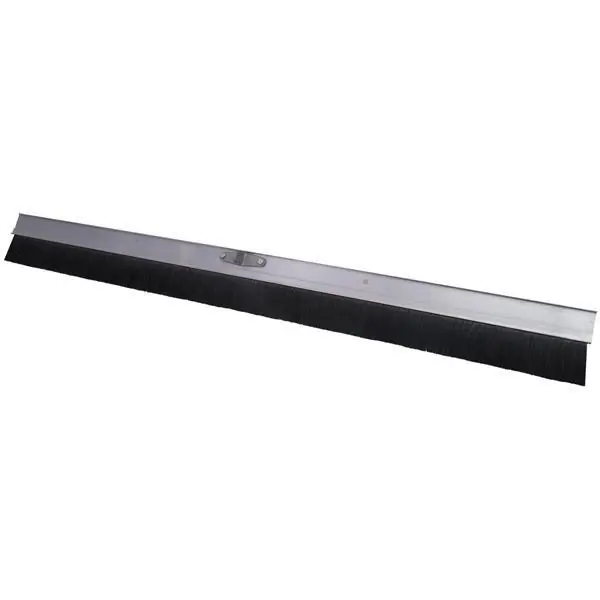Portable 800-cfm capacity Coalescent Filter removes water from the compressed air supply for multiple blast machines and other pneumatic tools requiring a dry, high-volume air supply. Two 6-inch wheels and a rigid handle allow one person to move the Coalescent Filter along a smooth, level surface. The filter has one outlet and a manual petcock to drain accumulated moisture.
Connect the Coalescent Filter to the air supply between the compressor and the particulate air filter leading to the blast machine inlet. The farther the Coalescent Filter is from the compressor, the more moisture will condense in the line, making it more likely to be removed.
As moist air enters the Coalescent Filter, it moves up inside the chamber passing through a fine-mesh stainless steel filter element that causes the water vapor and oil to coalesce into larger drops and fall to the bottom of the filter. Most particulate material (down to 10 microns) gets trapped in the filter mesh.
The water and oil that collect at the bottom of the Coalescent Filter must periodically be drained using the manual petcock. If the stainless-steel mesh becomes caked with oil and dirt, the operator should disconnect the Coalescent Filter from the air line, back-flush it with warm water, and drain the contaminants.
Advantage
- Costs less to purchase and less to operate than refrigerated or chemical drying systems, which may be required in more humid environments
- One Coalescent Filter serves mutiple blast machines or other pneumatic tools
- Simple, rugged design for in-plant or field use
- Cleaning is the only maintenance required
These items are recommended but not included with the Coalescent Filter:
- Fittings and air valves.
- Additional technologies – including refrigerated and chemical air dryers – may be required, depending on the temperature and humidity of the ambient air.
- An optional 2-inch ball valve allows you to shut off air to the Coalescent Filter.
Approvals and Certifications
Pressure vessel stamped with National Board Approval, and certified for use at pressures up to 150 psi by American Society of Mechanical Engineers (ASME).













